962-7983-18423+
24/7 دعم
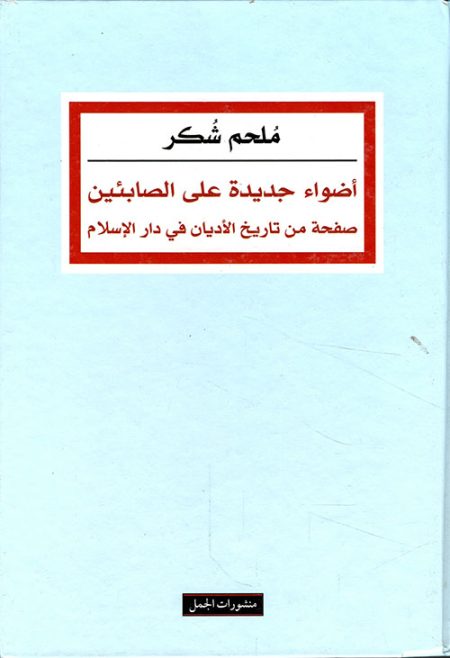
A book that reviews the history of the Sabians and their impact on the Islamic world, revealing new aspects of their understanding and cultural and religious influence.

The book reviews the biographies of the greatest figures who have influenced the fields of religion, literature, politics, science, and philosophy throughout history.

An imaginary trial of the kings of Egypt before a divine court, Naguib Mahfouz explores history and governance from a philosophical and moral perspective.
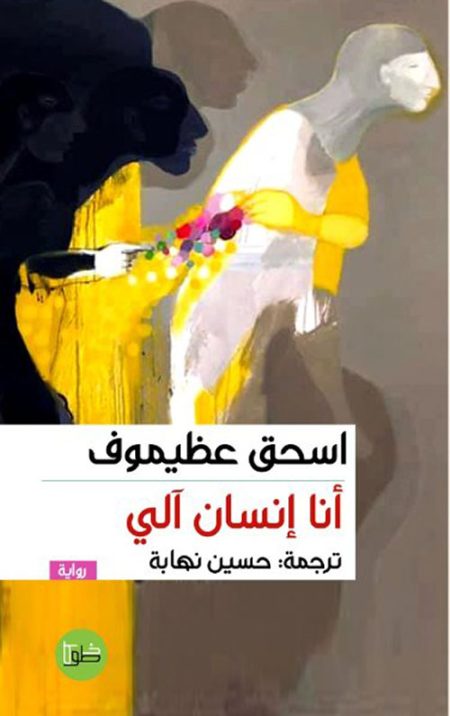
A science fiction book discussing the development of robotics and artificial intelligence and their relationship to human society within a philosophical and ethical framework.
Arabic/English
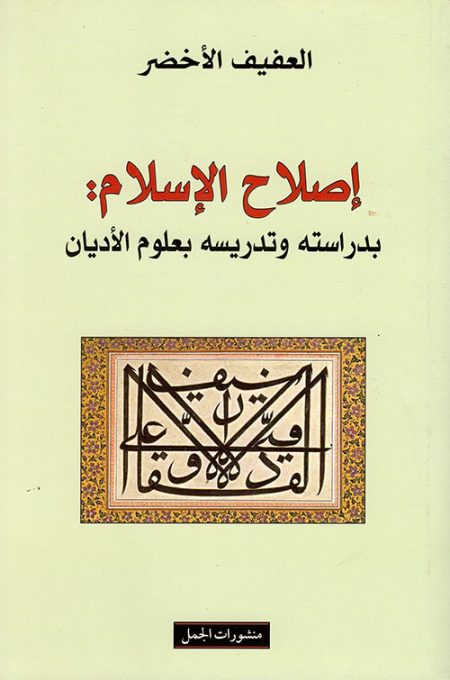
The author attempts to illustrate the necessary measures for religious reform, interfaith dialogue, and the reconciliation of Islam with modernity. That is, with the world in which we live, if the elites can liberate the minds of the traditional sector of Muslims from the paralysis of ancestor worship, responsible for their rebellion against the new of their time, claiming that it is contrary to what was done and said by the righteous predecessors, who was confined by religious legend to the myth of the hadith ‘The best generations, my generation, the next, the next’!, The book also deals with many scattered and dispersive topics that tire the reader, as each of these topics deserves to write a book of this size The book itself. The beautiful thing about the book mainly, it opens your eyes to a lot of references and issues that you did not think important before, and shows you its importance
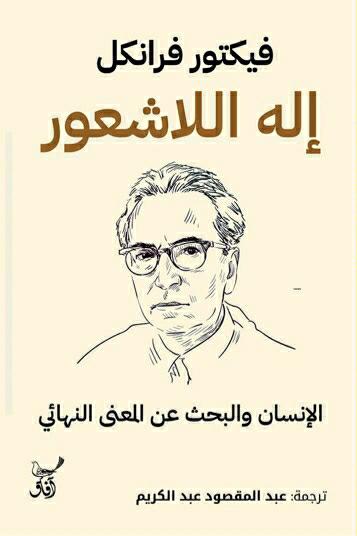
This book explores Viktor Frankl’s vision of logotherapy as a means of understanding life and confronting human suffering.
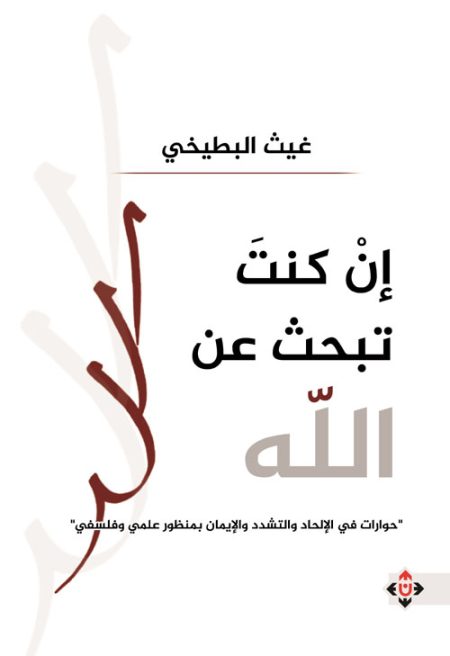
A book that discusses atheism, extremism and faith from a scientific and philosophical perspective through in-depth intellectual dialogues.
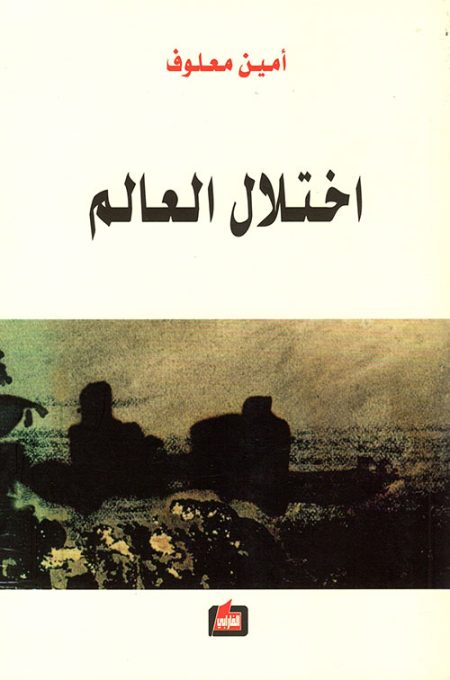
A book that explores the civilizational and ethical challenges of our contemporary world amidst the conflict of identities and the disruption of values.

A book in which George Tarabishi discusses the structural crises in Arab thought and the mechanisms that hinder critical thinking.

It’s a bold intellectual journey that reveals the secrets of the soul and reshapes your understanding of truth and self.
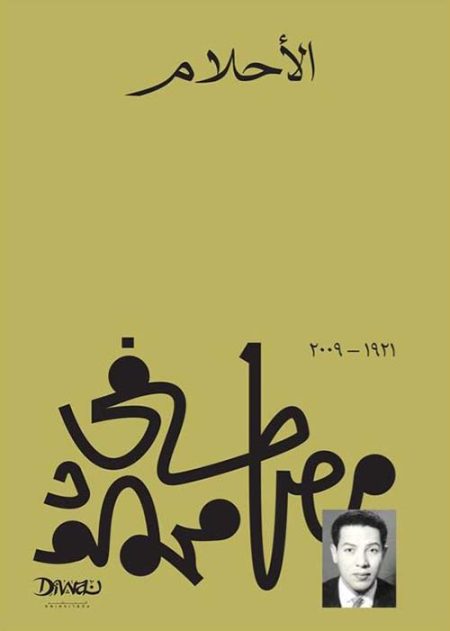
The Book of Dreams is one of the most famous books of Dr. Mustafa Mahmoud. It is an interesting and interesting book, which began with dreams and their interpretation from a purely philosophical point of view, with a scientific presentation characterized by ease, mastery and high quality.
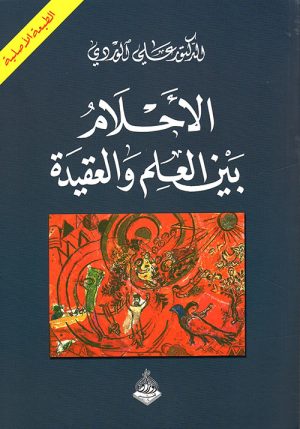
The book of dreams between science and belief is one of the works of the Iraqi researcher Dr. Ali Al-Wardi. The book discusses dreams in terms of their impact on people’s beliefs and customs and the theories that modern science has reached in this regard. The book consists of three sections, and these sections are in turn divided into several different chapters.

Gibran’s literary style was characterized by smooth words, simplicity of expression, the use of all linguistic formulas and styles, and the frequent use of metaphors and figures of speech. Perhaps the most important feature of Gibran’s literary works is creativity in the art of photography. We find many beautiful, imaginative artistic images full of deep meanings and expressions covering his literary works; because he was an artist and painter who initially depicted the idea and then created it. Gibran relied on two styles in his literary works: the first is characterized by strength and revolution against beliefs and customs and the call for freedom, and the second is characterized by the love of enjoying life and the call to follow inclinations
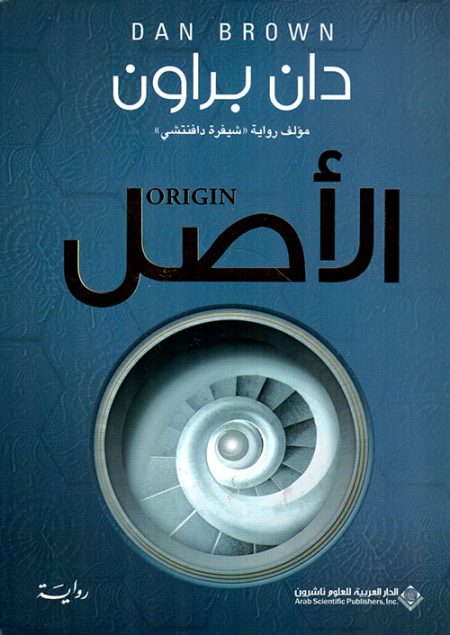
A gripping thriller that delves into philosophical and scientific questions, its protagonist seeks to uncover the secrets of the origins of life and human destiny while confronting mysterious forces.
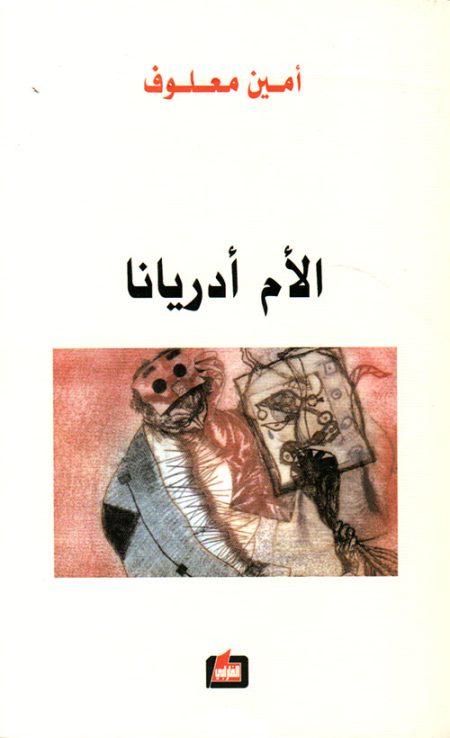
A novel about a strong woman who confronts personal and social challenges in a complex and changing world.
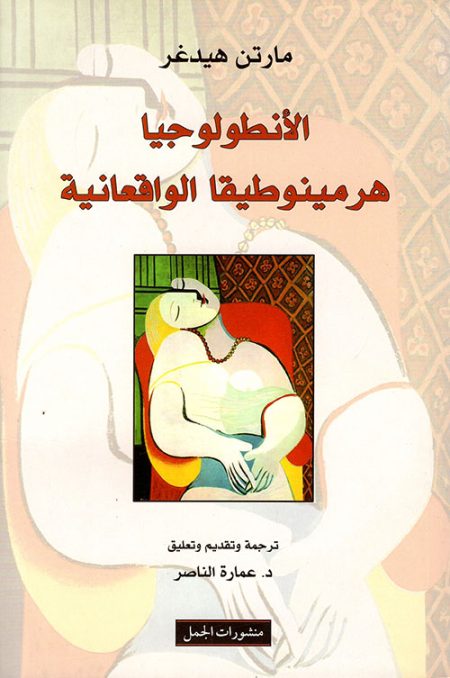
A book that presents a philosophical analysis of ontology, focusing on interpreting reality through interpretation and understanding the relationship between thought and reality.